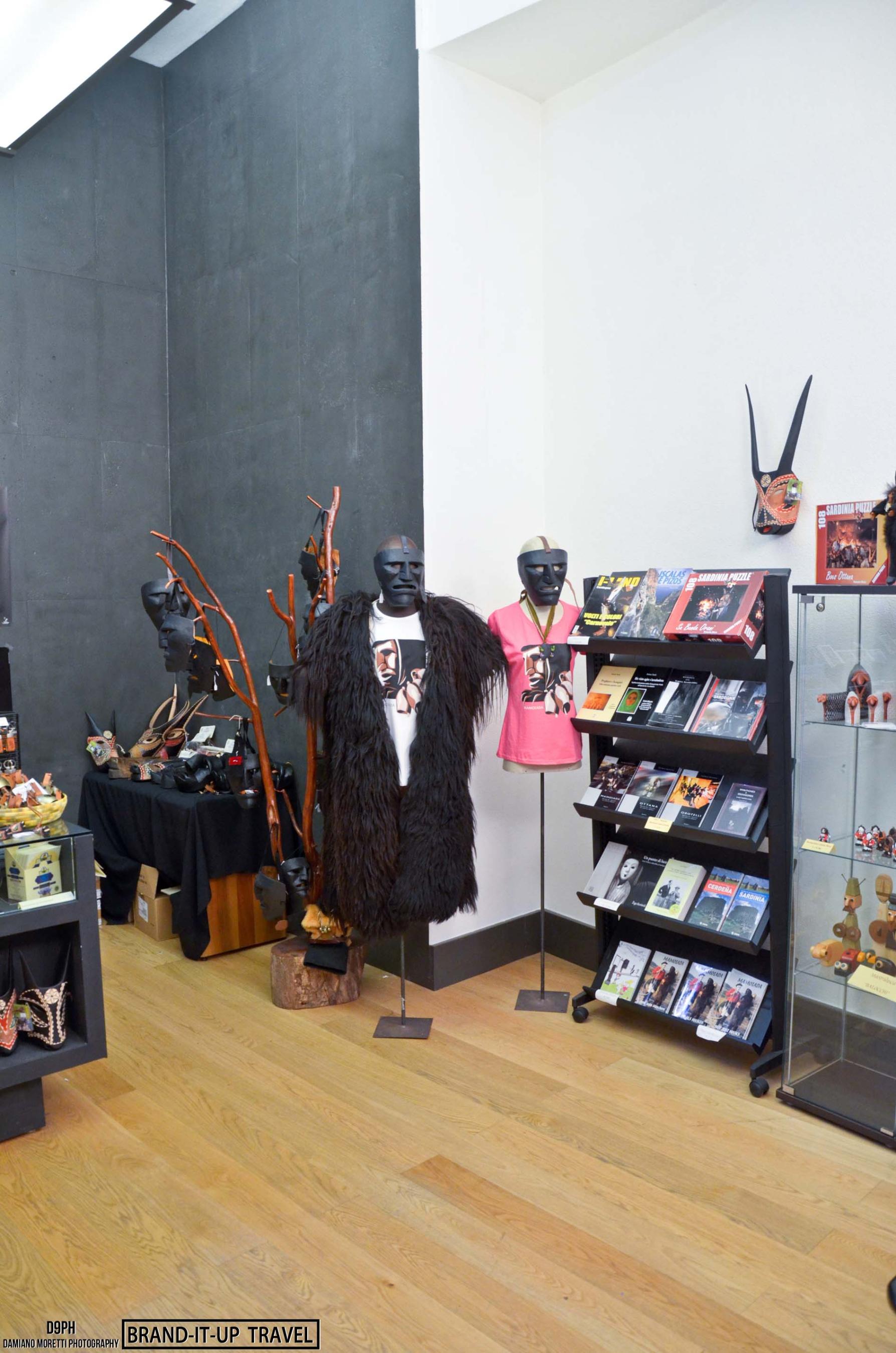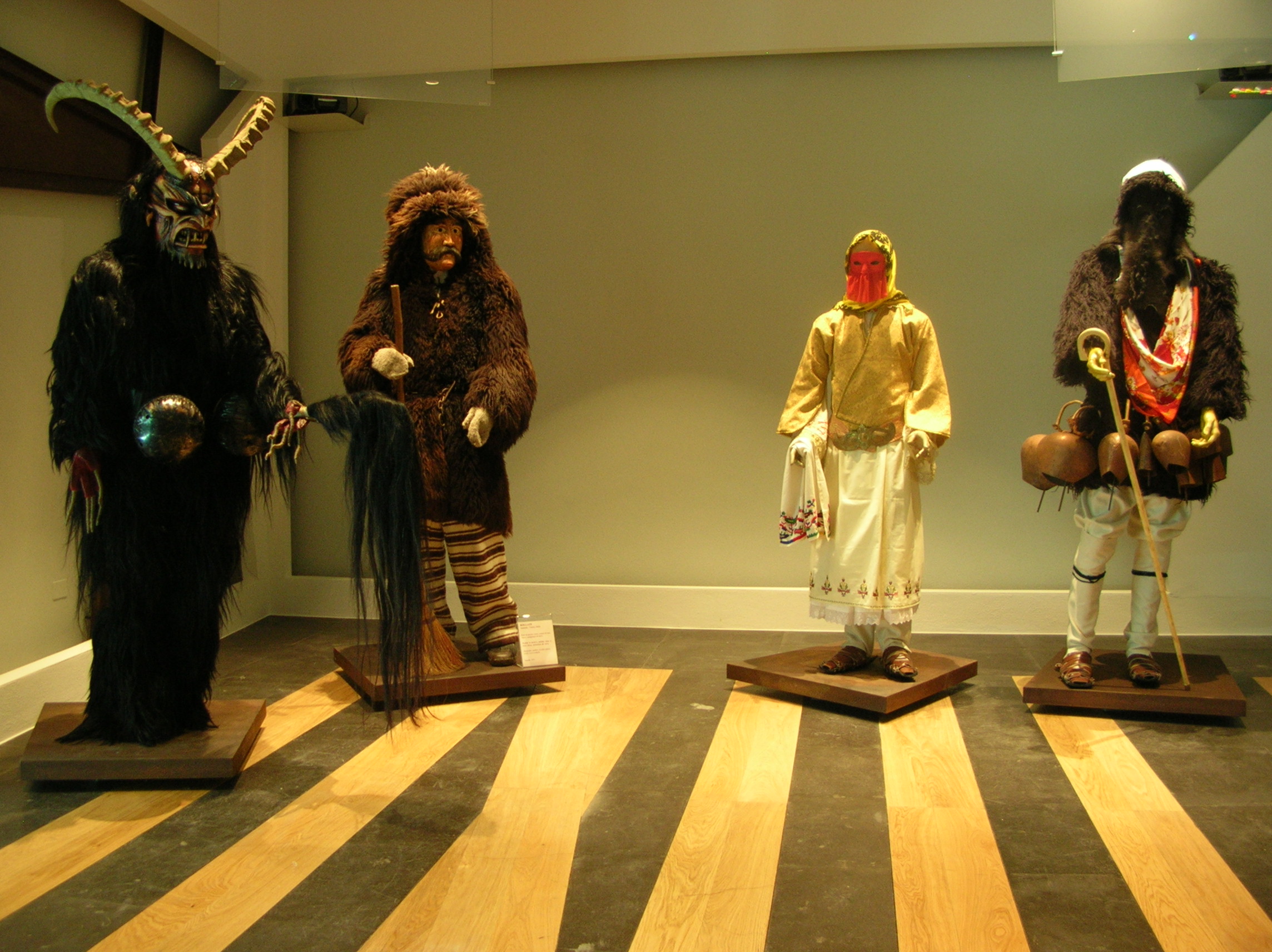
The Mediterranean room
The Mediterranean Room
Krampus (Tarvisio, Italy)
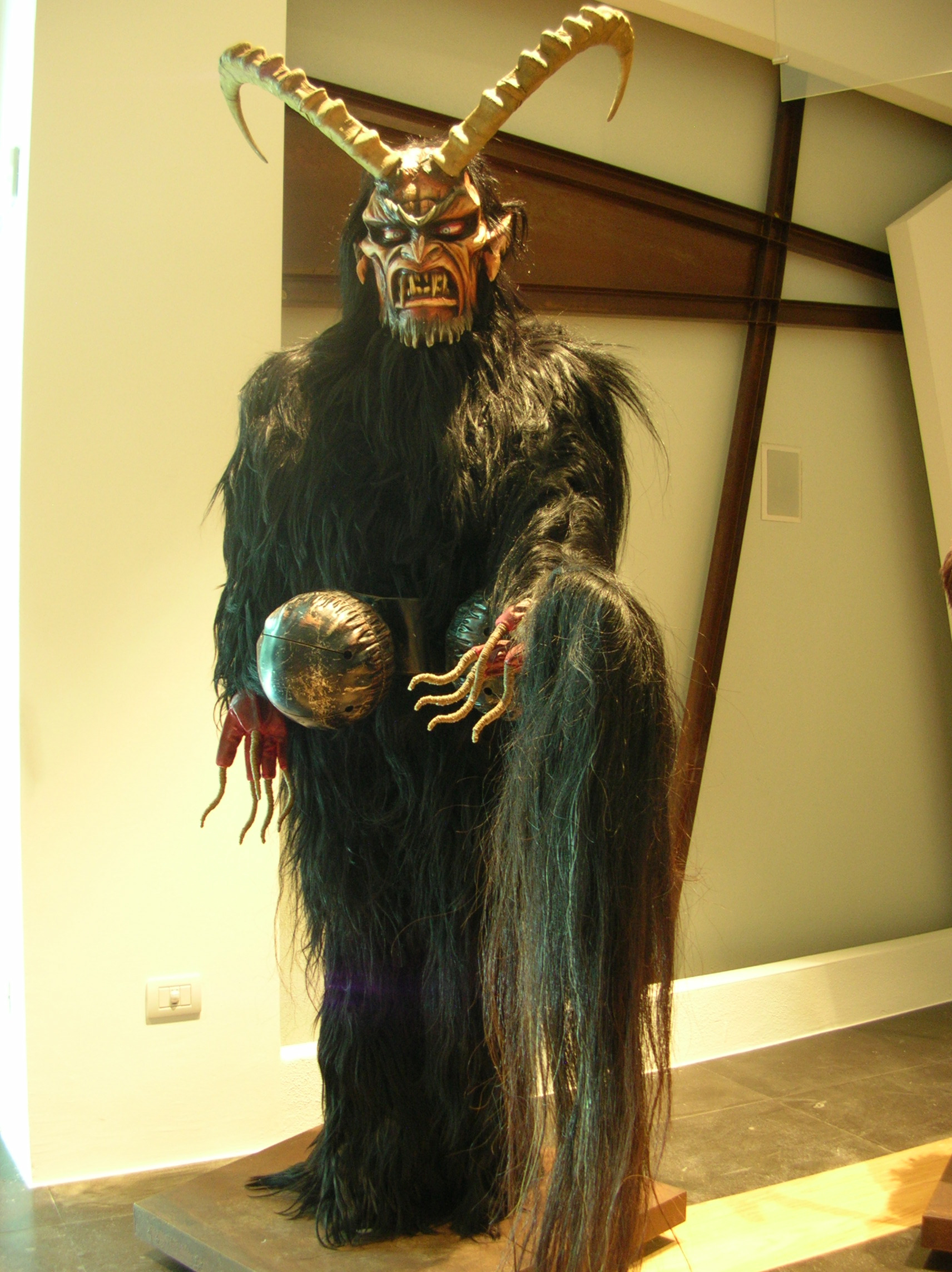
The Krampus

Oberndorfer Salzachteufel Krampusse
Photo: Franz Edelmann, Wikimedia
Krampus is a character from Tarvisio in the northeastern Italian region of Friuli. The parade of Krampus, a being that comes from the forest like the god Faunus, takes place on the eve of Saint Nicholas, the night of December 5. The parade may be related to the wait for the winter solstice, which represents the end of the cold season and casting out the demons of darkness. The word Krampus derives from the old German word Krampen, which means "claw". These dreadful figures derive from very ancient ceremonies in which breeders and shepherds evoked evil spirits and devils to initiate youth into adulthood. The ceremonies were also intended to ensure a fertile season and the cycle of nature. The rites took place around the time of the solstice and were later linked to the appearance of the Christian figure of Saint Nicholas, who brings gifts to well-behaved children, while those who misbehave are punished by the terrible Krampus.
Rollate (Sappada Plodn - Italy)
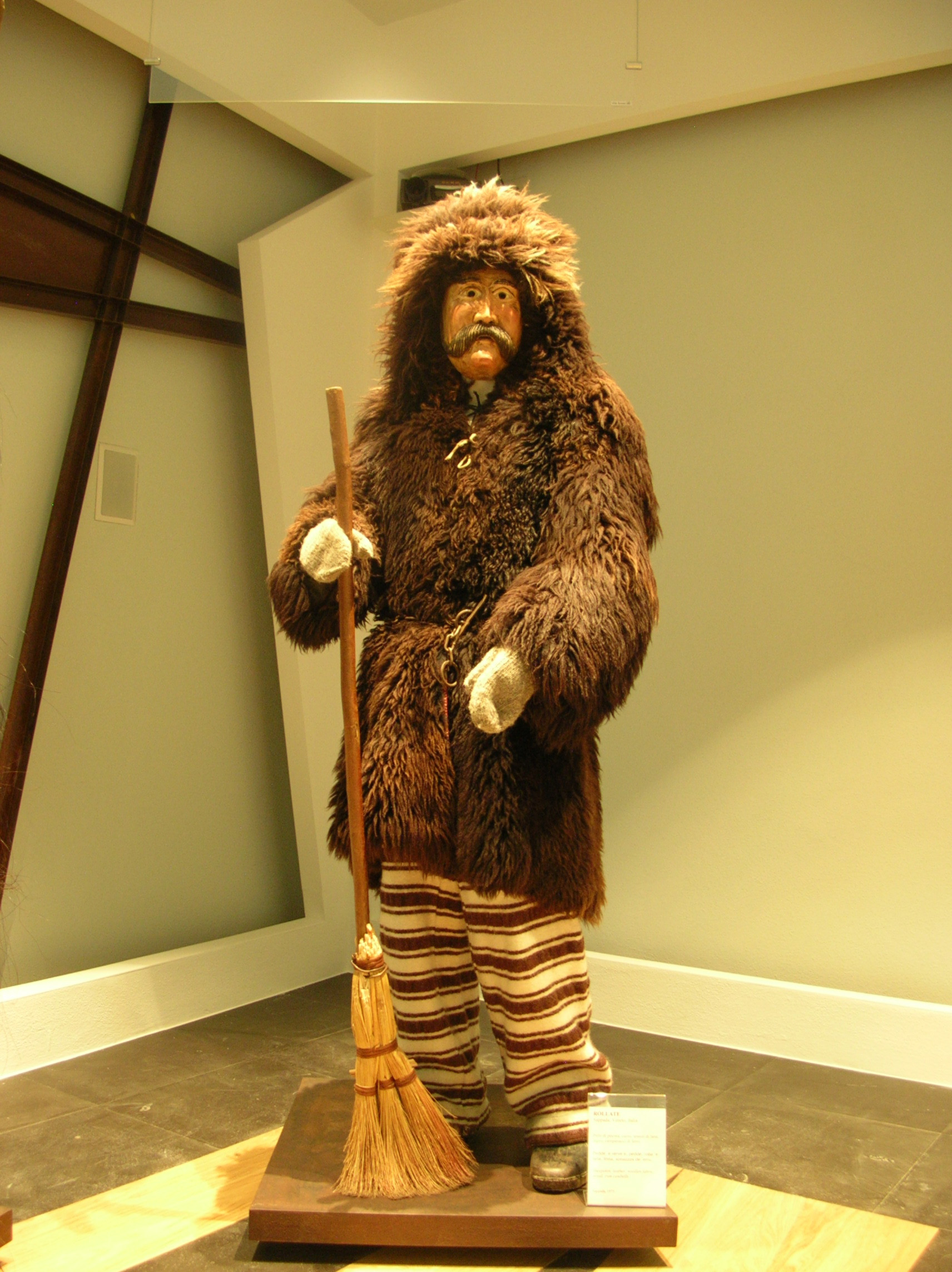
The Rollate Mask
Sappada, known in German (its main language) as Plodn, is a town in northeastern Italy. Its Carnival takes place on the three Sundays preceding Lent. Each is devoted to a social group of the community: the Sunday of the Farmers (Paurn), the Sunday of the Lords (Hearn) and the Sunday of the Poor (Pettlar). During these celebrations costumes are worn that represent and illustrate the life of each group. The parades are accompanied by the Rollate, a typical masked character of Sappada – a sort of bear-man, with a wooden mask and two big bells called Rollen. He wears striped pants made of hile, a fabric formerly used to protect animals from the cold, and a neckerchief (white for bachelors, red for married men). The Rollate holds a broomstick, which is supposed to sweep away misfortune. During the parades the Rollate often playfully runs after the children looking on.
Boteiro (Vilariño de Conso, Galicia, Spain)
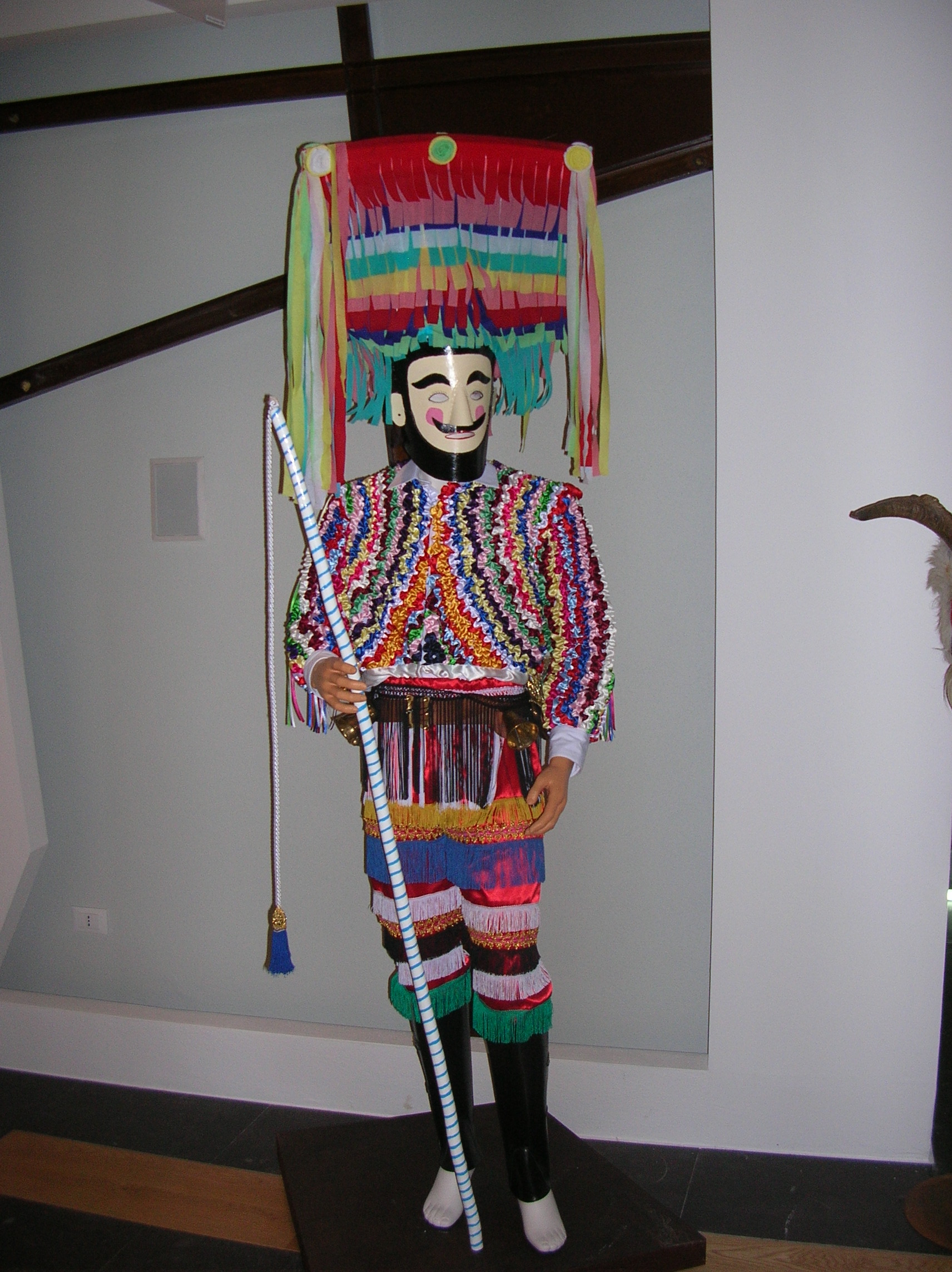
The Boteiro

Boteiro Vilariño de Conso
Photo: Alfredo Miguel Romero, Flickr
The Boteiro is the most important mask from the Carnival of Vilariño de Conso in Galicia, northwestern Spain. The Iberian Peninsula retains many traditional masked figures, whose costumes frequently include noisy bells. The Sardinian museum also has two other Galician examples on exhibit: the Peliqueiro of Laza and the Pantalla of Xinzo de Limia. The Boteiro wears a white mask with a black beard and mustache, and a colorful suit made of a white shirt covered with ribbons and a pair of fringed pants, with small bells attached to the hips. He carries a stick, symbolizing strength, with a rope at the end, which he uses to pester bystanders. The most unusual element of the costume is the shirt, completely covered with ribbons forming geometric patterns. It takes 25 days of work by the townswomen to make one of these shirts. The characteristics of the Boteiro (colors, bells, fringes, rope) recall the costume of the Issohadore, and some cultural anthropologists believe the Mamoiadan mask could be of Spanish origin.
Kurent (Ptuj, Slovenia)
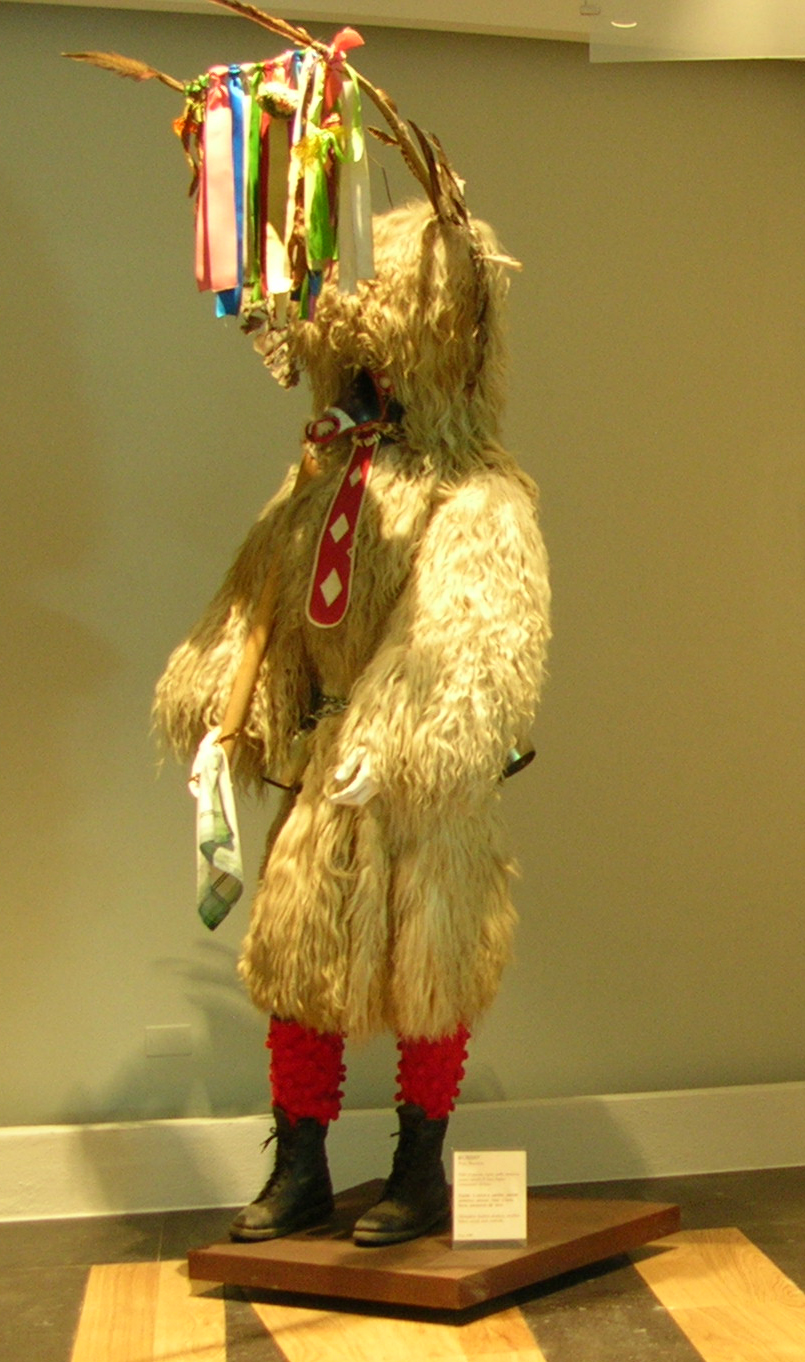
The Kurent
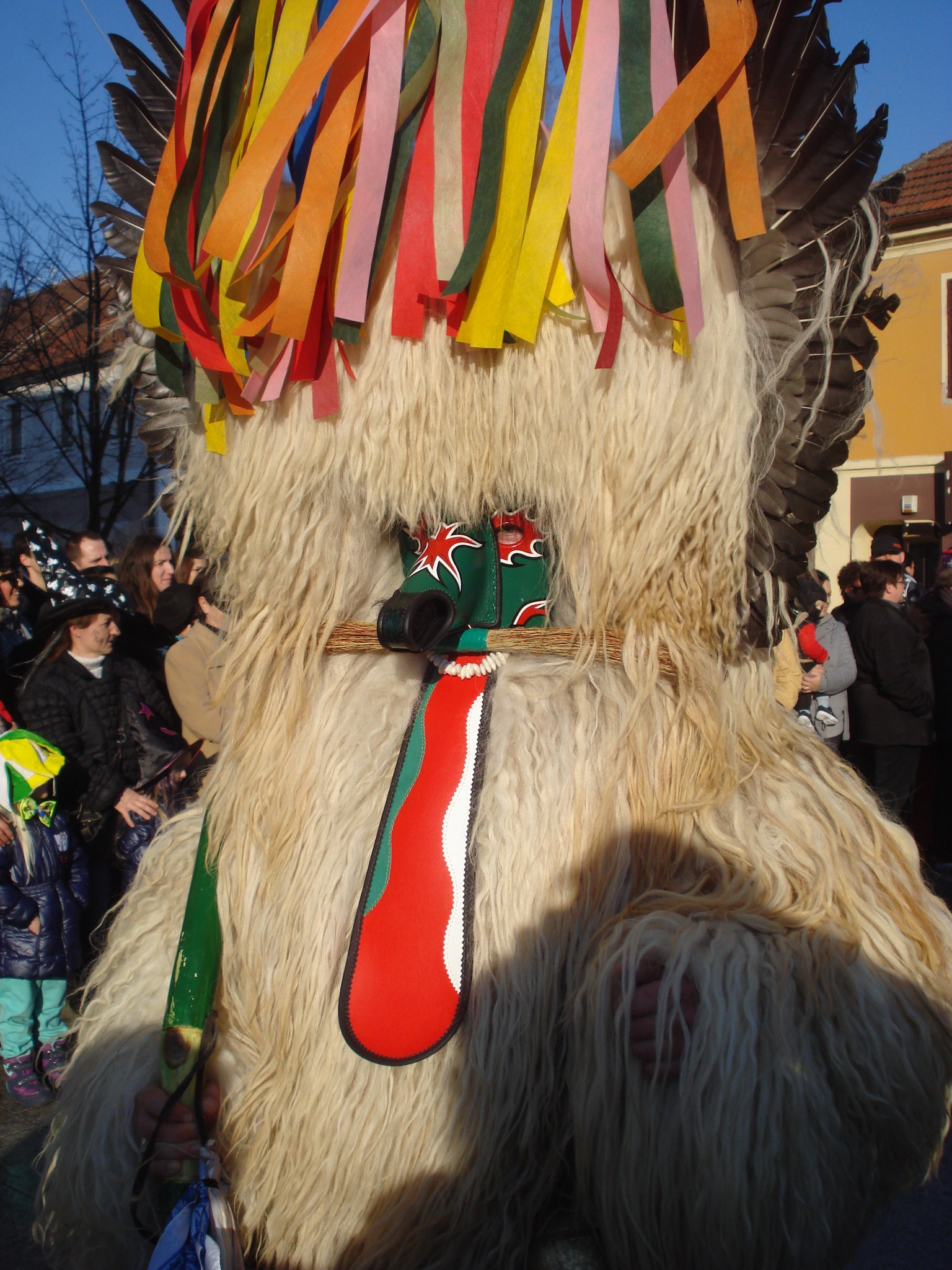
Group of Kurent
Photo: Silverije, Wikimedia
The Kurent wears a suit of sheepskin adorned with rhythmically ringing bells, colored socks and boots, and a large fur headdress decorated with feathers, branches, horns and colored ribbons. The character’s leather mask has red-lined openings for the eyes and mouth, a trunk-shaped nose, white beans for teeth and a long red-leather “tongue” that extends onto the chest. The Kurenti go from house to house, with a plow pulled by men in horse costumes, and walk three times around the garden. This is another pagan conciliatory rite, similar to that of the Mamuthones and Issohadores, which circle three times around the fires of Saint Anthony. The number three symbolizes the cycle of life.
Zvončari (Matuljii) and Grobnicki Dondolaši (Cavle), Croatia
Croatia has several masked characters; known collectively as Zvončari, they have very ancient origins. The most famous Carnival is that of Rijeka, but others take place elsewhere in the country, for example in Grobnik, where the figures are also known as Dondolaši. The parades are pagan rites typical of herder communities, as evidenced by their clothing and headdress made of sheepskin and other characteristic elements. As in the case of other Mediterranean masked figures, their most important task was to drive away the evil spirits of winter and encourage the arrival of spring.
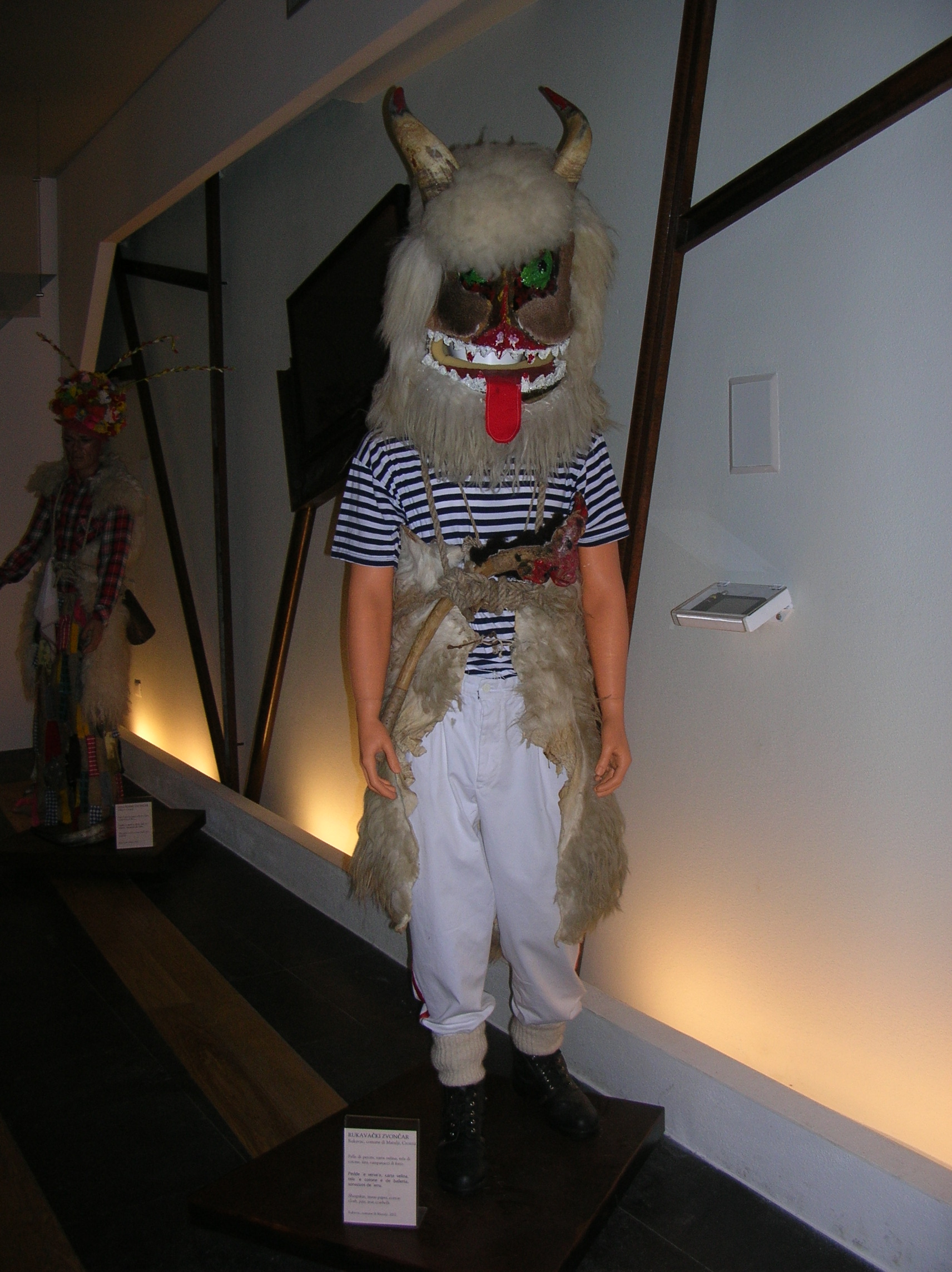
The Zvoncari maks
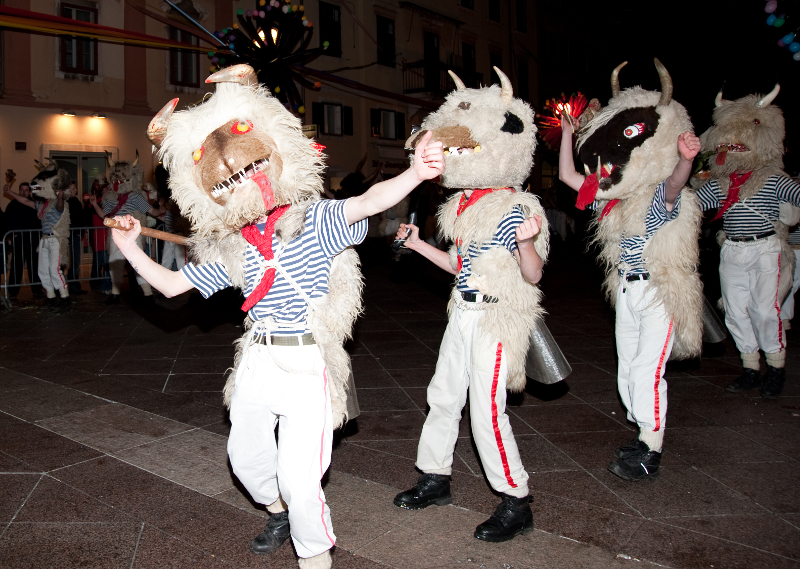
The Zvončari mask at the carnival of Rijecki
Photo: Roberta F., Wikimedia
On his back, the Zvončar (bellman) wears a sheepskin and a large bell. The face is covered by a stylized mask with long horns and a red tongue that hangs from the mouth. White pants and a white and blue striped short-sleeved shirt complete the costume. He holds a stick (balta or bacuka), which, like the horns of the mask, is supposedly bloody from an animal sacrifice and represents life. During Carnival the procession goes from village to village throughout the region, along the route it has followed for centuries.
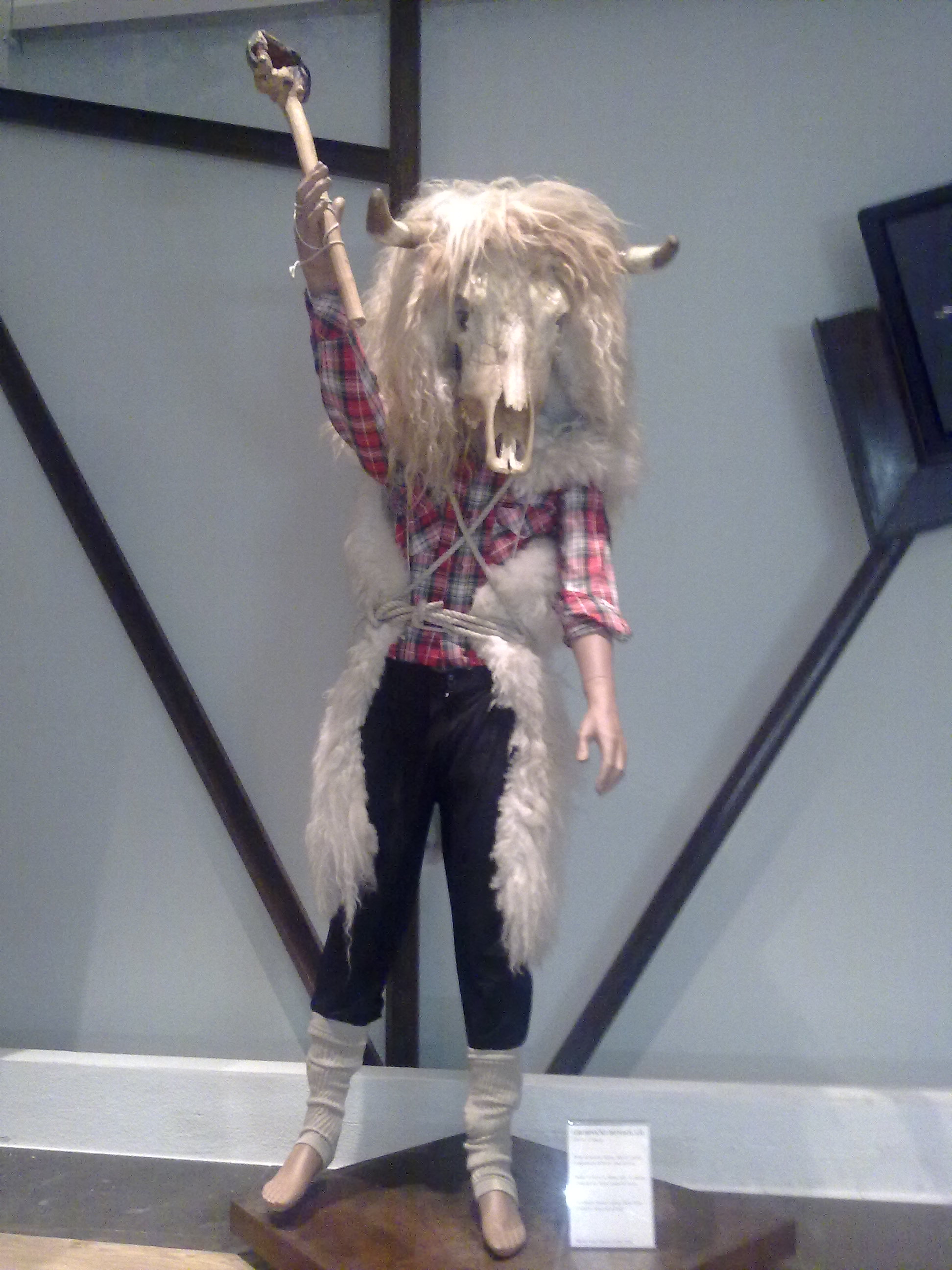
The mask of Dondolaši
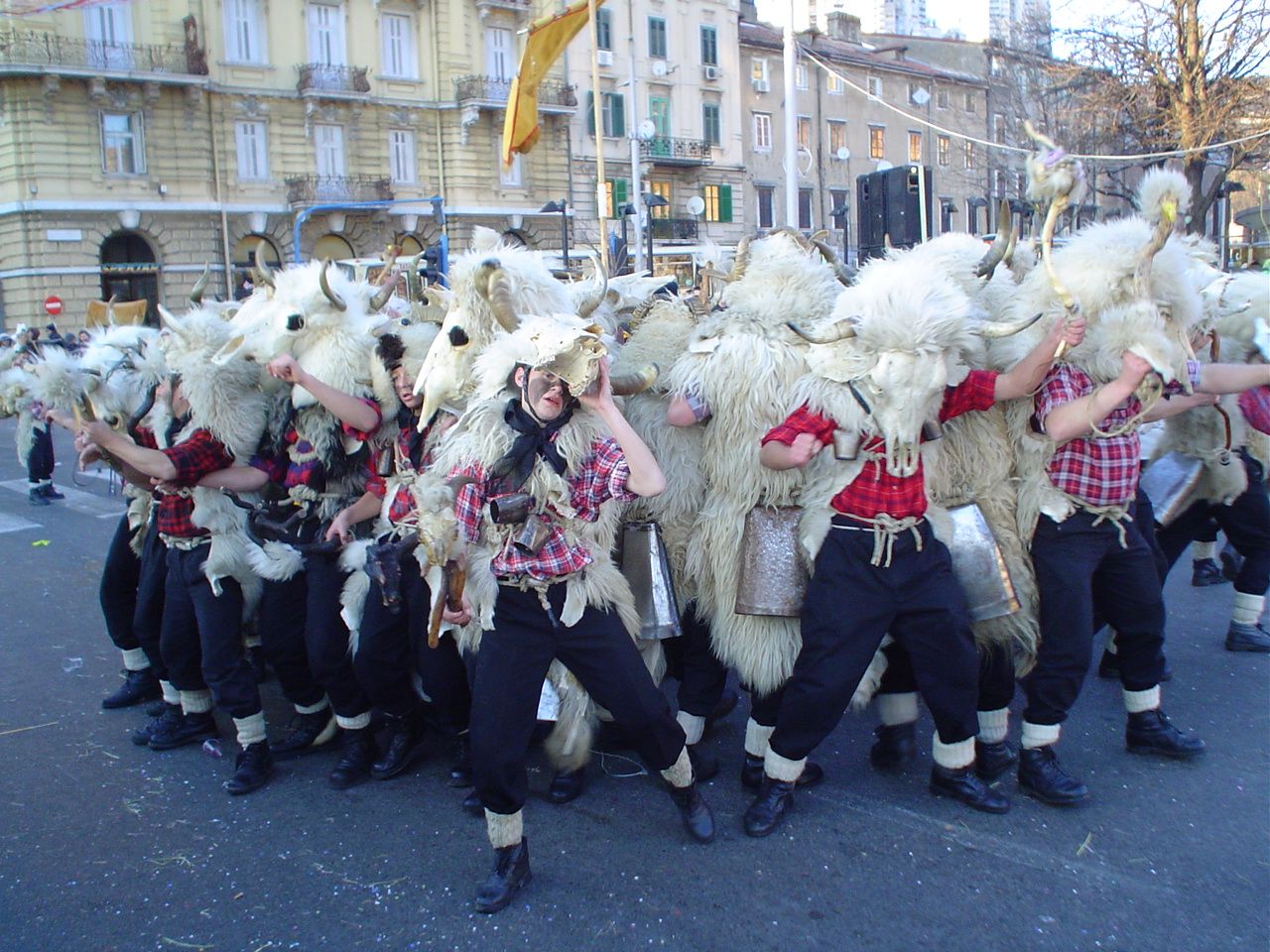
Group of Dondolaši at the carnival of Rijeka
Photo: Rabko, Wikimedia
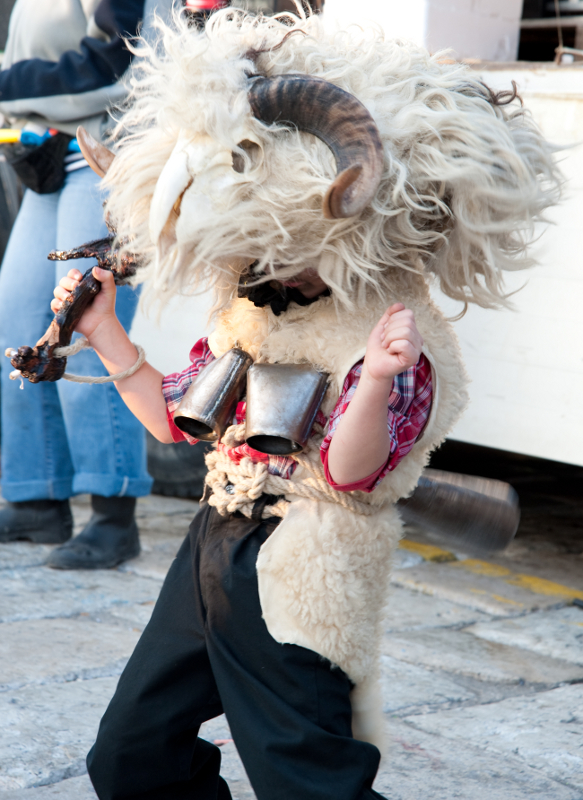
Dondolaši mask at the carnival of Rijeka
Photo: Roberta F., Wikimedia
The Dondolaši also wear sheepskin with a large bell on the back. The mask, called a krabuju, is made from an impressive bull’s skull. Local legend says the Zvončari repelled invading Turks when shepherds put on sheepskins and masks and made a deafening noise with bells; since then they have also carried weapons such as maces.
Geros and Korelle (Skyros, Greece)
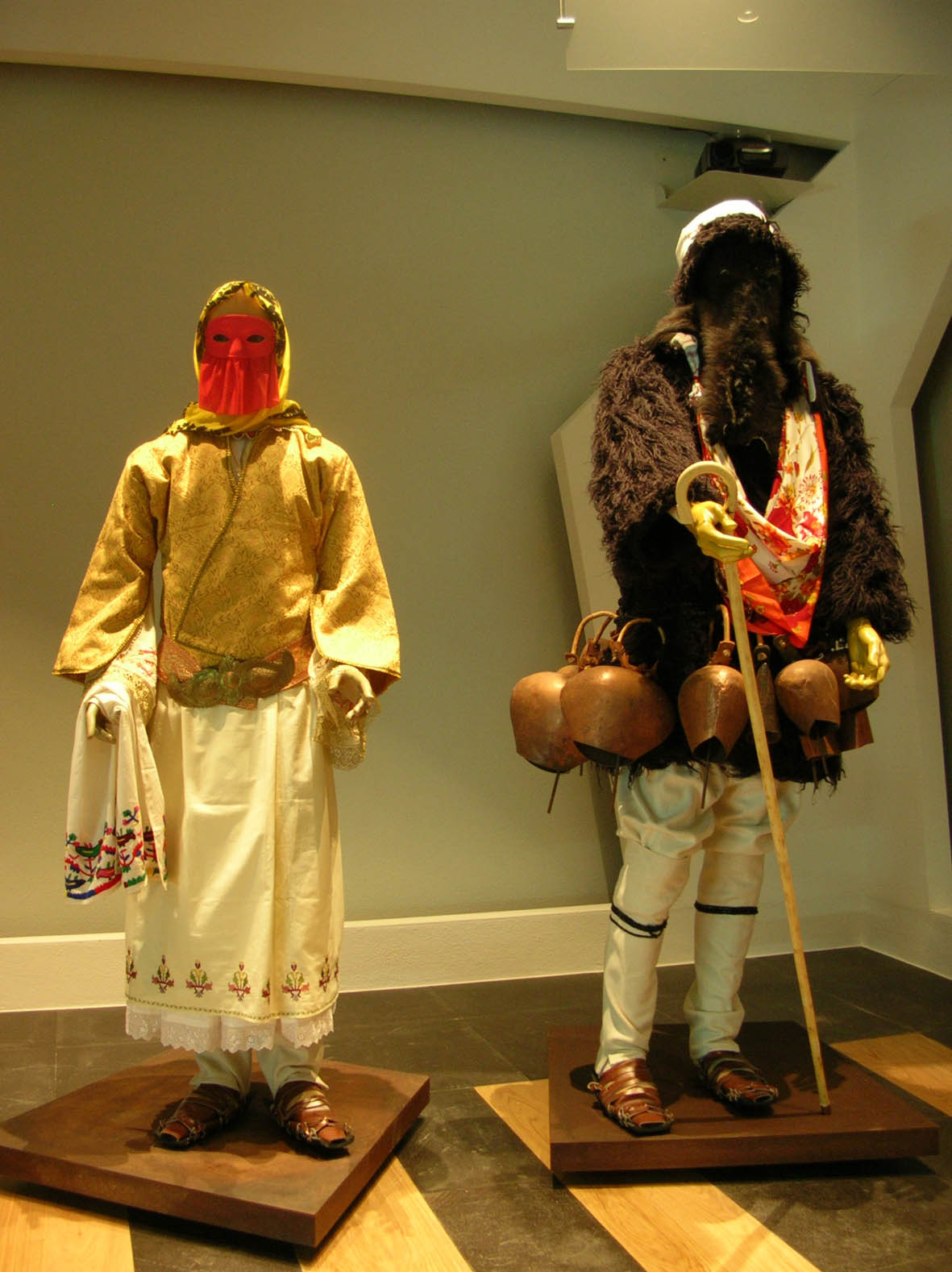
The masks of Geros and Korelle
Among the non-Sardinian characters represented in the museum’s collection, the most significant is undoubtedly the Geros from the Greek island of Skyros, in the Sporades archipelago. Geros in Greek means old man – that is, a father or shepherd. Among all the costumes in the museum, that of the Geros is the one that most resembles the Mamuthone, with its black sheepskins, bells and a mask made of the skin of a newborn goat. The color of the kidskin indicates the importance of a given Geros, with black being reserved for the head of the community. The experts who have studied Mediterranean Carnival traditions maintain that the Geros of Skyros is the Greek equivalent of the Mamuthonein Mamoiada. This masked figure – sad, like the Mamuthone – is accompanied by another, the Korela (young girl), his wife, who wears a colored costume, as does the Issohadore. Here it is evident that death (of an animal, in this case) is part of the annual cycle of the rebirth of nature. The celebration underlines the transition from a negative time to a positive one, with the animal taking the role of scapegoat, whose death is a guarantee of human life.
